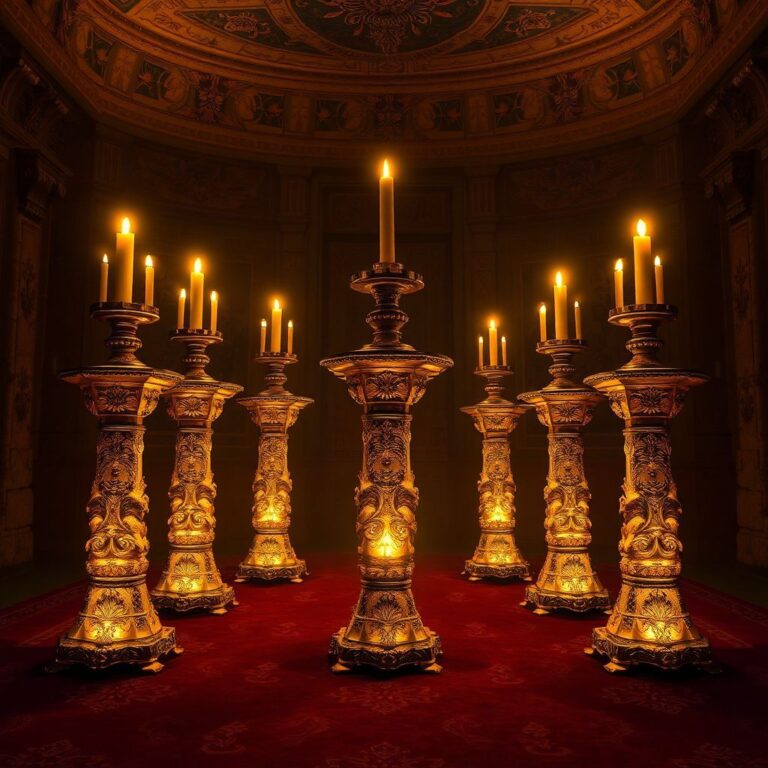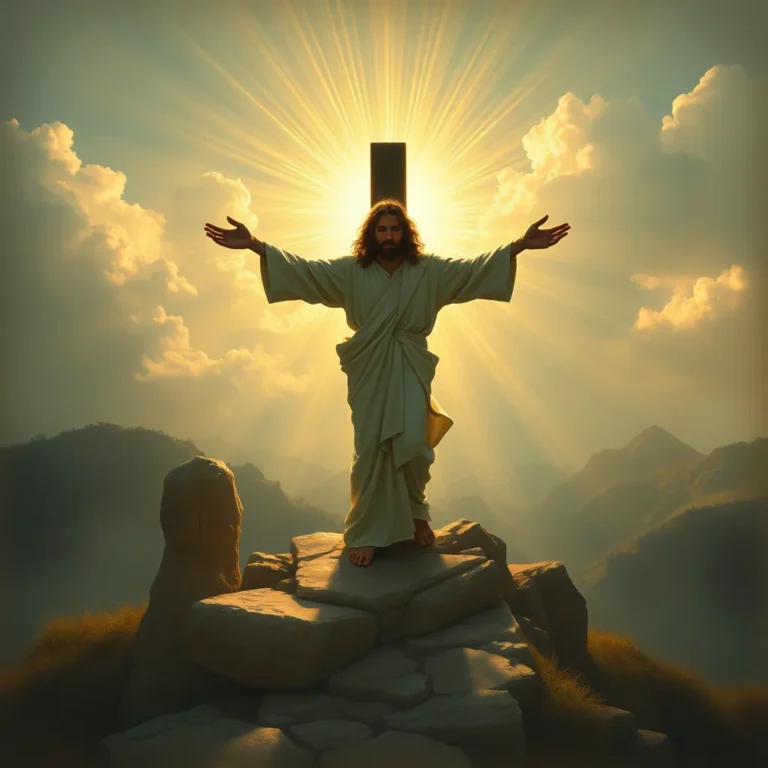
John sees the seals on the scroll opened:
The Lamb of God begins to open the scroll, one seal at a time. As he breaks the first seal, John sees a white horse whose rider is “bent on conquest”. With the second seal, John sees a red horse whose rider takes peace from the earth. The third seal reveals a rider on a black horse. He holds a set of scales weighing out scarce commodities. As the fourth seal is broken, John sees a pale horse whose rider is death, famine, and plague.
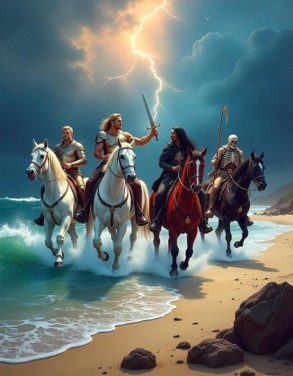
Readers may ask, if the scroll that only Christ can open represents God’s plan of redemption, why are all these judgments released? John cried in great sorrow because no one could open the scroll, suggesting that the contents were desirable and precious, not terrible judgments (Rev 5:4). As Christ fulfills the plan of salvation, mankind consistently rejects the gift. While God’s plan of redemption will bring the greatest joy to mankind, humanity’s consistent rejection of the gift will only result in disaster! The consequences of choosing evil over good always bring death.
(*All Bible verses are from the NIV unless otherwise noted)
Chapter 6:1-4
1 I watched as the Lamb opened the first of the seven seals. Then I heard one of the four living creatures say in a voice like thunder, “Come!”
2 I looked, and there before me was a white horse! Its rider held a bow, and he was given a crown, and he rode out as a conqueror bent on conquest.
3 When the Lamb opened the second seal, I heard the second living creature say, “Come!”
4 Then another horse came out, a fiery red one. Its rider was given power to take peace from the earth and to make people kill each other. To him was given a large sword.
Rev 6:2
The Lamb opened the first of the seven seals… and there before me was a white horse! Its rider held a bow, and he was given a crown, and he rode out as a conqueror bent on conquest:
A white stallion is traditionally associated with kings and heroes who return from successful military campaigns. This rider is given a crown, identifying him as a king or kingdom, and he carries a bow, a symbol of warfare.
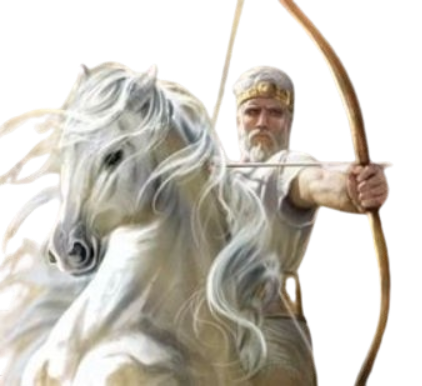
Some scholars see this rider as representing the conquering Christ. But when read in context with the disasters the next three riders bring, it becomes apparent that this white horse represents a kind of disaster itself – one of conquest and suppression.
Although Rome’s conquest of the Mediterranean world brought a measure of peace and prosperity, that peace was bought with the brutality of an iron fist! The emperor ruled supreme, and tens of thousands were slaughtered and enslaved to ensure his supremacy. Even that “peace” was soon interrupted by invading tribes from the north and east during and after John’s time. The following three riders will bring devastation and death!
Rev 6:4
When the Lamb opened the second seal… another horse came out, a fiery red one. Its rider was given power to take peace from the earth and to make people kill each other:
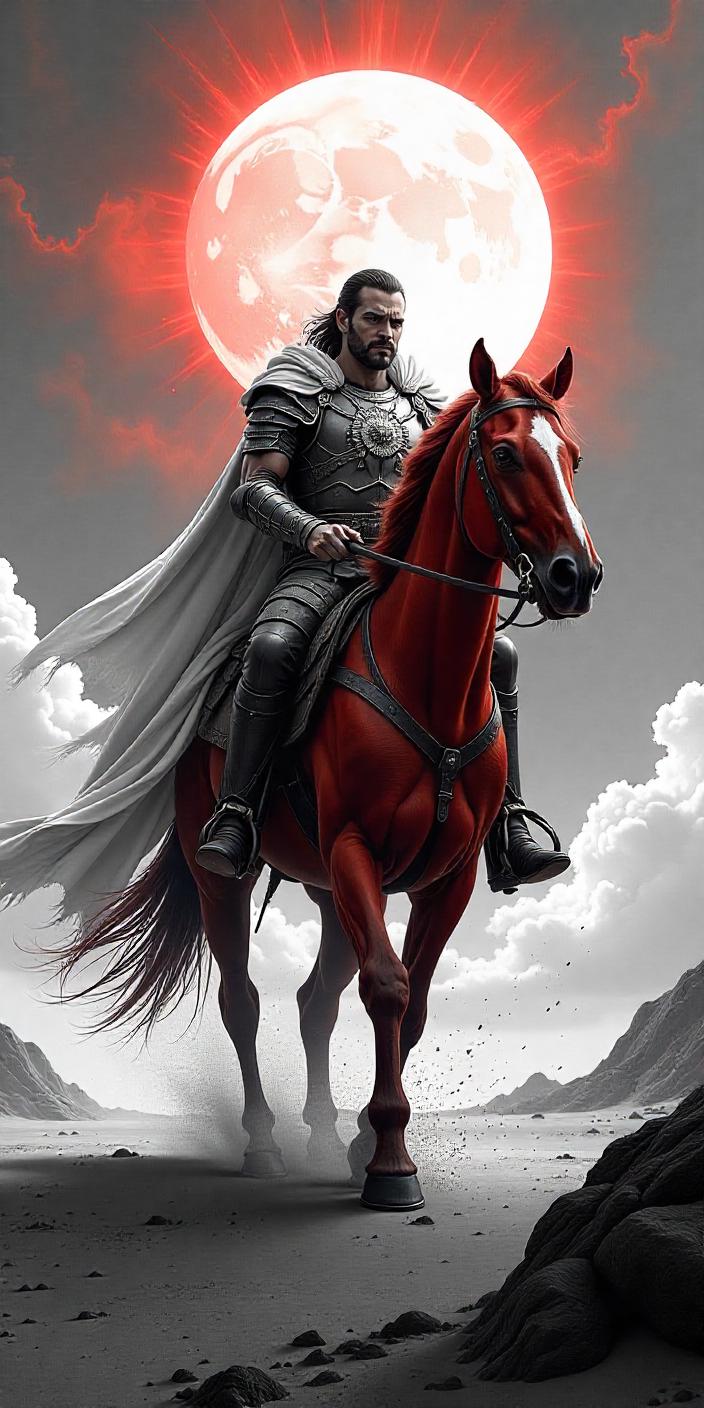
This horse is the color of blood. Its rider is given a great sword, another symbol of warfare, and he brings chaos and death to the world. Some parts of the Revelation bring hope and encouragement to the saints while, at the same time, warning them of trials to come. In its wider application, it foreshadows the fate that awaits a world in any age that continues to rebel against God!
“Wars and rumors of wars,”1 continually shook the Roman world during and after John’s time. The worst travesty came in 70 AD, when the Roman General Titus besieged and completely destroyed Jerusalem. Hundreds of thousands of Jews were killed or carried away into slavery.
During Trajan’s reign as emperor (98-117 AD), several Jewish rebellions resulted in the slaughter of tens of thousands of both Jews and Romans. Rebellions erupted in 115 AD when most Roman armies were engaged on the empire’s eastern border in the Parthian War. Following major uprisings by Jews in Cyrenaica, Cyprus, and Egypt, widespread slaughter of Roman garrisons and citizens by Jewish rebels occurred. As a consequence, thousands of Jews were in turn annihilated2. Many Christians also lost their lives or freedom3.
From the assassination of Emperor Commodious in 193, a series of civil wars began and continued for over ninety years with only brief periods of calm. During this time, 32 emperors and 27 usurpers fought for power in a never-ending cycle of civil warfare.
Beginning before 200 AD and lasting until the early Middle Ages, a significant number of “barbarian” tribes such as the Franks, Goths, Alemanni, Alans, Huns, early Slavs, Pannonian, Avars, Bulgars, and Magyars migrated into the territories of the Roman Empire. This prolonged “invasion” contributed to the eventual collapse of the Empire.
Footnotes
- Matt 24:6, Mrk 13:7. ↩︎
- Research the Jewish and Roman wars , 66–136 AD. Also, accounts written by ancient historians such as Dio Cassius and Paulus Orosius. ↩︎
- Persecutions of Christians erupted under Nero (66-68), Vespasian (69-79), Domitian (81-96), and Trajan (98-117), and others. Persecutions persisted until the Edict of Milan in 313, which granted religious tolerance to all, including Christians. ↩︎
*All Scripture quotations, unless otherwise indicated, are taken from the Holy Bible, New International Version®, NIV®. Copyright ©1973, 1978, 1984, 2011 by Biblica, Inc.™ Used by permission of Zondervan. All rights reserved worldwide. www.zondervan.comThe “NIV” and “New International Version” are trademarks registered in the United States Patent and Trademark Office by Biblica, Inc.™


